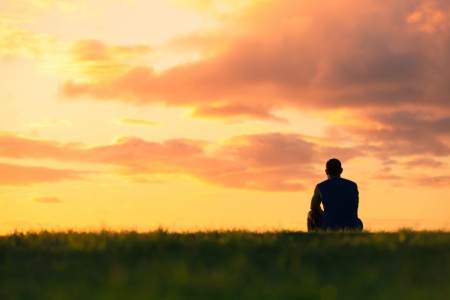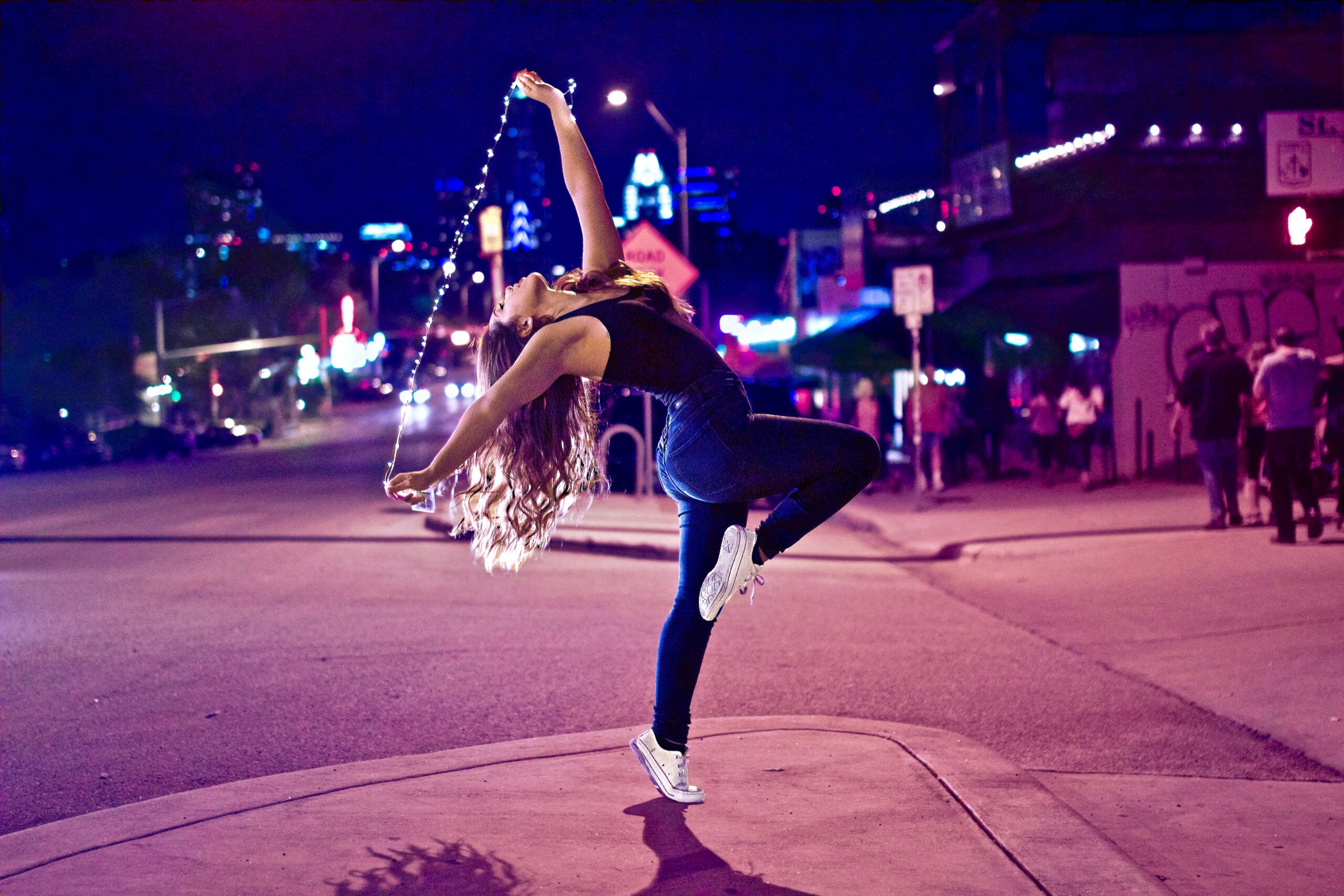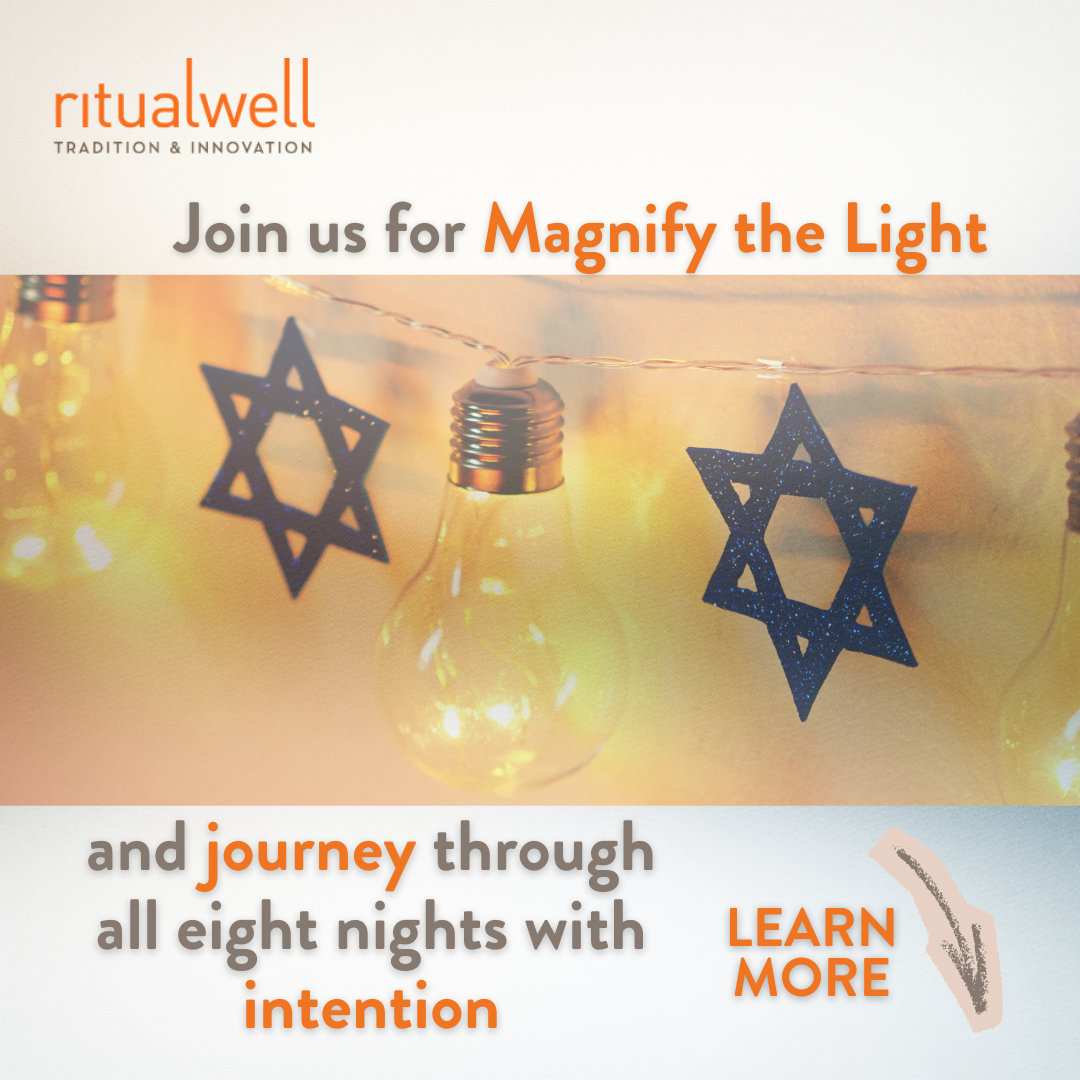I have on rare occasions stayed in bed during Yom Kippur because of the flu, but I have never in my adult life missed the festival of Simchat Torah. I have danced with the Torah in student chapels, in formal synagogues, in seminaries, on streets in New York and Boston and Jerusalem. To join a dance circle, I have leaned out over balconies, run down stairs, crept through crowds, and scrambled around parked cars. Simchat Torah is the holiday I look forward to all year – not only because of its celebration of joy, motion, and music, but because its celebration of God as a changemaker.
Simchat Torah celebrates the moment when Jews complete the reading of the Torah and begin it again. As a Jew seeking to make Judaism more inclusive of previously silenced voices, for me Simchat Torah celebrates the possibility of rereading the Torah in a new way. Simchat Torah allows us to literally start over, moving in a circle from the farewell of Moses the lawgiver to the beginning of a new creation. Though the words of the Torah are always the same, Simchat Torah reminds us that as we change, our interpretations too may change. Our new commentaries become part of our people’s long-standing conversation with God. Each new person added to the circle makes the Torah grow.
“Turn it and turn it,” says Pirkei Avot, “for everything is in it.” Many of us struggle to maintain the faith that if we keep looking in the Torah, we will find truths that speak to us in spite of the pain the text may sometimes cause us. Simchat Torah is a time to strengthen ourselves in that endeavor and remind ourselves of our continuing commitment. In my own understanding, Simchat Torah is a time when God makes the Torah new for all the old and new souls who will meet Torah that year.
Here is a prayer to be recited by an individual or community at the time that the Torah is lifted, or before one’s own personal aliyah:
Makor hachayim, bechol shanah veshanah ata noteh banu etz chayim chadash. Yehi ratzon milifanecha shehashanah midrasheinu yifr’chu chesed ve’lo achzarut, chochmah velo k’silut, tevunah velo kalut rosh. Lamdeinu Torat chesed she’taachilenu bayamim haba’im uvechol sha’ah. Amen.
Source of Life, every year you plant within us a new tree of life. May it be your will that this year our interpretations will blossom forth kindness and not cruelty, wisdom and not foolishness, awareness and not thoughtlessness. May you teach us a Torah of love that will nourish us in the coming days at every hour. Amen.
Or try this: During the hakafot, ask to dance with a Torah. Let your dance be a reflection of the new wisdom you want to receive in the coming year.
Simchat Torah is also a symbolic move from death to life – the death of Moses and of the old year, the birth of the new year and the newly created plants, animals, and humans. It is the rebirth of the Torah. That makes Simchat Torah a good time to celebrate all renewals and transformations. If you have experienced a major change during the year, such as the loss of a loved one or a relationship, a wedding, conversion, coming out, or birth of a child, you can recite the following prayer as the Torah scroll used for Deuteronomy is exchanged for the Torah scroll used for Genesis (or as the Torah scroll is rolled from one place to another).
K’shem shehaTorah niglelet mimakom lemakom besimcha uveshalom, ken eglol mimakom lemakom berachamim uve’ratzon.
Just as the Torah is rolled from place to place amid joy and peace, so too may I roll from place to place surrounded by compassion and good will.











